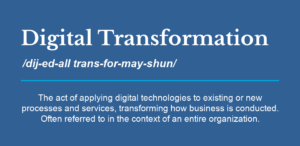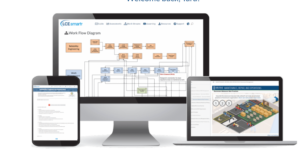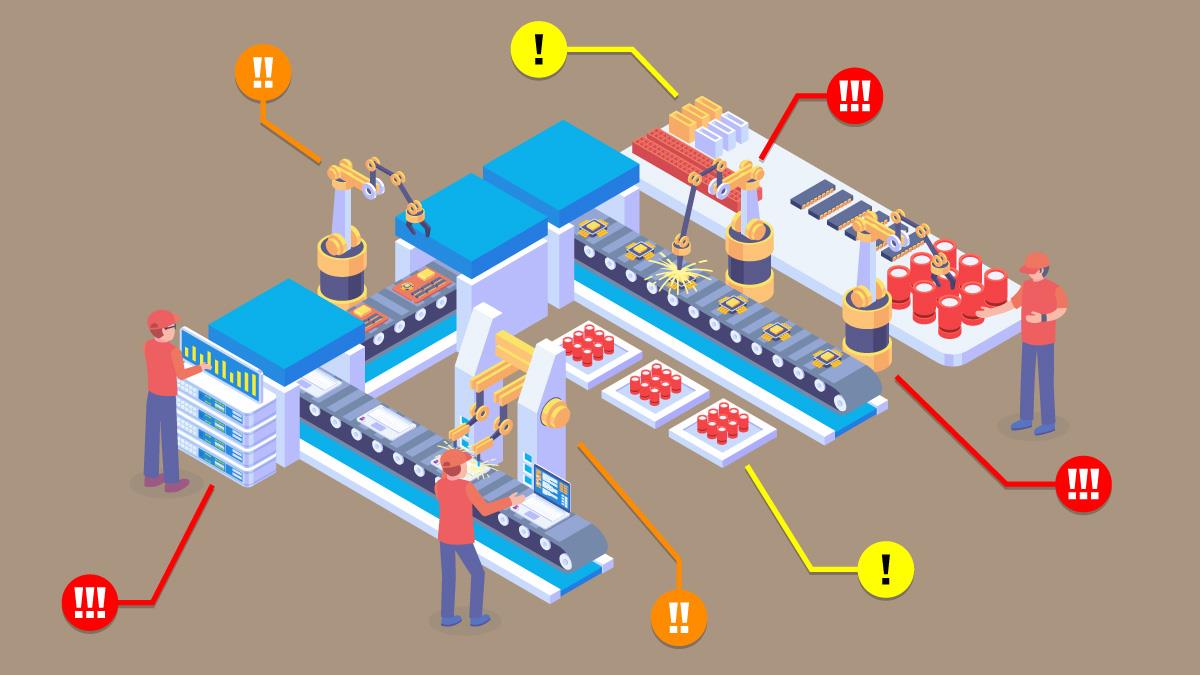By: Rick Wheeler, Vice President of Professional Services at Life Cycle Engineering.
As published in Reliable Plant
Risk: The Question Isn’t If, but When
Here is a very common scenario: $400 million has been invested to build a new plant. Commitments have been made to your board of directors that the facility is going to operate effectively and start turning a profit by a certain date.
The reality, however, is that few projects come up to speed and deliver the business returns they’re supposed to, and in the desired timeline. If you want to be the exception, it’s best to build in risk-based asset management (RBAM) during your plant’s design and commissioning phase.
Risk-based asset management (RBAM) helps you prioritize investment (and spend) on new assets. How? By first identifying the most critical assets, and the risk they pose to the bottom line in the event of a major failure.
Risk-based asset management (RBAM) has emerged as a crucial framework in the maintenance and reliability industry, offering a strategic approach to optimize asset performance while managing associated risks. This method emphasizes prioritizing resources and efforts based on the level of risk an asset poses to the organization.
Implementing an RBAM process will also help preserve the capital value of your assets, as well as develop smarter failure-mode-based maintenance activities that improve schedule compliance and boost uptime.
In other words, if done at an early stage RBAM allows you to gain a clear understanding of what the biggest risks are to your operation — and then proactively manage them. This is a more strategic approach, as you are doing the analysis and problem solving in advance, rather than troubleshooting an already-built, underperforming plant.
While RBAM presents several advantages, it also comes with its own set of challenges.
Advantages of Risk-Based Asset Management (RBAM):
- Prioritized Resource Allocation: RBAM enables organizations to allocate resources effectively by focusing efforts on critical assets. By identifying high-risk assets, companies can direct their maintenance and reliability efforts to where they are most needed, optimizing both time and budget.
- Cost Efficiency: RBAM helps in cost optimization by concentrating maintenance activities on critical assets. By addressing potential failures before they occur, it reduces the likelihood of costly downtime, emergency repairs, and replacements, thereby enhancing cost efficiency.
- Enhanced Reliability and Performance: Implementing RBAM improves asset reliability by proactively addressing potential issues. Regular risk assessments and predictive maintenance strategies ensure that assets perform optimally, leading to increased productivity and operational efficiency.
- Compliance and Safety: RBAM facilitates compliance with industry regulations and safety standards. By identifying and mitigating risks, organizations can ensure their assets meet regulatory requirements, fostering a safer working environment and reducing the potential for accidents.
- Informed Decision-Making: RBAM provides a structured framework for decision-making by offering comprehensive insights into asset risks and conditions. This data-driven approach allows for informed decisions regarding maintenance strategies, upgrades, or replacements.
Challenges of Risk-Based Asset Management (RBAM):
- Data Availability and Quality: One of the primary challenges in RBAM is the availability and quality of data. Accurate and up-to-date information is essential for risk assessments, and inadequate or unreliable data can lead to incorrect risk evaluations, impacting decision-making.
- Complexity in Risk Assessment: Conducting comprehensive risk assessments can be complex, especially for organizations with a large number of diverse assets. Assessing risks involves multiple factors, including asset criticality, probability of failure, consequence of failure, and more, making it challenging to quantify and prioritize risks accurately.
- Balancing Short-Term and Long-Term Goals: While RBAM focuses on long-term asset management strategies, organizations often struggle to balance immediate maintenance needs with long-term asset reliability goals. Short-term pressures might lead to neglecting preventive maintenance, impacting overall asset health.
- Resource and Skill Requirements: Implementing RBAM requires skilled personnel and resources for data analysis, risk modeling, and decision-making. Companies might face challenges in acquiring or training personnel proficient in RBAM methodologies.
- Adaptation to Dynamic Environments: Markets and technologies are constantly evolving, leading to changes in asset risk profiles. Organizations need to adapt their RBAM strategies continuously to accommodate these dynamic environments.
Put RBAM into Action at Your Facility
Every RBAM plan starts with understanding the risks — and consequences — in front of you. One of the most common and costly risks? Not having a defined asset maintenance and management plan in place.
The resulting consequences include more money spent on repairs and critical spares, less uptime, lower throughput as well as compromised employee and environmental safety.
More broadly speaking, your staff may also induce a risk to your operation. For instance, you may have employees who lack the experience needed to operate and maintain your assets effectively or may not understand how to solve problems in the moment.
This, too, can lead to costly, production-halting failures if left unaddressed.
Why RBAM?
“Risk-based asset management (RBAM) has emerged as a crucial framework in the maintenance and reliability industry, offering a strategic approach to optimize asset performance while managing associated risks. This method emphasizes prioritizing resources and efforts based on the level of risk an asset poses to the organization. Implementing an RBAM process will also help preserve the capital value of your assets, and if done at an early stage, allow you to gain a clear understanding of what the biggest risks are to your operation — and then proactively manage them.
This is a more strategic approach, as you are doing the analysis and problem solving in advance, rather than troubleshooting an already-built, underperforming plant. “
Asset Criticality and Digital Transformation
Even as early as the design phase, known engineering information and modelling can be used to predict failure modes and the potential business impact based on your plant’s design and the equipment you’ve selected.
For example, a drying operation at your plant might involve 50 pieces of equipment, but through RBAM, you are able to identify the three key components that are the most at-risk of failing. With these insights, you can adjust how your team operates, maintains and re-capitalizes (or repairs) assets based on their lifespan and value to the business.
RBAM can also be a critical step towards building a foundation for digital transformation. Adding digital technologies, like asset performance management (APM) systems, allows your maintenance teams to detect failures in their very early stages.
Digital systems will increase visibility of pending failures and provide the ability to make data-driven decisions about equipment performance, drive preventative maintenance programs, and boost long-term reliability. Consider it a never-ending performance-improvement loop.
What are the ultimate benefits of RBAM?
In addition to managing risk, RBAM delivers several other benefits that can’t be overlooked. While offering numerous benefits in optimizing maintenance and reliability efforts, organizations must also address challenges related to data, complexity, resource allocation, and adaptability to fully leverage its advantages.
Overcoming these challenges can lead to improved asset performance, cost savings, and enhanced operational efficiency in the long run. For one, you will find many of the biggest limiting factors have been identified and effective mitigations have been put in place.
The end goal here is not just about getting a plant up and running as quickly and cheaply as possible. Rather, it is being able to turn the keys over to your operations group, secure in the knowledge that what you have built is designed with maximum reliability and stability in mind.
Remember, by planning for potential risks early in the process, you have a greater chance of controlling the outcome — and the reliability can flow.
Rick Wheeler is the Vice President of Professional Services with LCE. He has a broad range of experience in the pharmaceutical, chemical, and nuclear industries. A proven change agent with expertise in maintenance, engineering, construction and production, Rick has been extremely successful in leading improvement initiatives resulting in significant process improvements and substantial cost savings.
Rick is responsible for developing the LCE staff and ensuring the quality of the services delivered by the LCE team. He works closely with the Reliability Consulting Group leadership team in developing LCE’s Industry 4.0 capabilities and services that leverage LCE’s thought leadership in asset management based on the ISO 55000 body of knowledge.

















